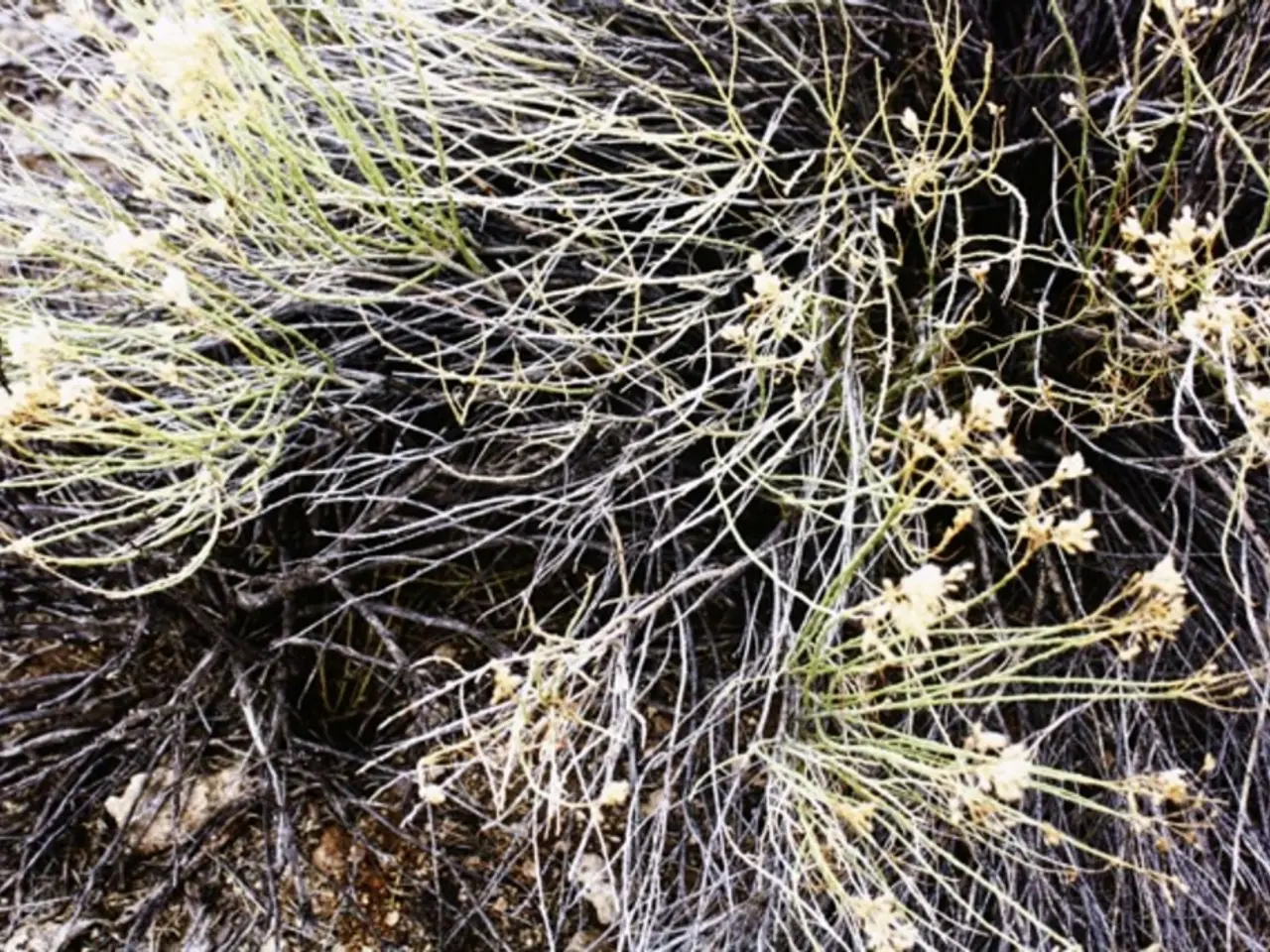Unraveling the Ambiguity: Is Sandy Soil a Blessing or a Curse for Vegetation?
In gardens across the globe, sandy soil presents a unique set of challenges for gardeners. Characterised by its light brown colour and grainy texture, sandy soil is often low in nutrients and struggles to retain water. However, this doesn't mean that all plants struggle to grow in these conditions. In fact, many plants thrive in sandy soil due to their adaptations to drought, low fertility, and excellent drainage.
Plants that excel in sandy soil are typically drought-tolerant, heat-resistant, and prefer excellent drainage. The coarse particles in sandy soil create large air spaces, allowing water to drain quickly and roots to access oxygen easily. This rapid drainage, however, also means that nutrients are easily lost, making it essential for successful sandy-soil plants to be adapted to these conditions.
Some plants prefer the superior drainage, rapid warming, aeration, resistance to compaction, and low nutrient retention that sandy soil offers. Perennials such as yarrow, sedum, and lavender; shrubs like aronia and barberry; herbs like thyme, oregano, and rosemary; vegetables such as root crops (carrots, radishes, beets); and grasses like bahiagrass, bermudagrass, tall fescue, and zoysiagrass are all examples of plants that excel in sandy soil.
Plants that thrive in sandy soil often have deep or extensive root systems to access water and nutrients beyond the dry surface. They also have thick, waxy, or hairy leaves to reduce water loss, slow growth rates to cope with low nutrient availability, and the ability to fix nitrogen or store water.
To improve water retention in sandy soil, organic matter such as compost, peat moss, or manure can be added. A layer of organic mulch around plants can help the soil retain water and moderate soil temperature. Watering sandy soil more frequently and focusing on deep watering can also help improve drought tolerance.
By selecting plants that are adapted to sandy soil conditions, gardeners can create vibrant, low-maintenance landscapes even in challenging sandy conditions. Some additional plants that thrive in sandy soil include salvia, giant allium, sweet alyssum, butterfly bush, Siberian pea shrub, Rose of Sharon, mimosa, Purple Robe, and eucalyptus. When using drip irrigation in sandy soil, emitters must be positioned directly above the root zone, as the large particles in sandy soil cause water and water-soluble nutrients to seep through easily. Fertilizers also tend to wash away quickly in sandy soil.
In conclusion, while sandy soil may present challenges, it also offers opportunities for gardeners to create beautiful and thriving landscapes. By understanding the unique characteristics of sandy soil and selecting plants that are adapted to these conditions, gardeners can enjoy a low-maintenance, vibrant garden even in sandy soils.
Plants that flourish in sandy soil, such as yarrow, sedum, lavender, aronia, barberry, thyme, oregano, rosemary, carrots, radishes, beets, bahiagrass, bermudagrass, tall fescue, zoysiagrass, salvia, giant allium, sweet alyssum, butterfly bush, Siberian pea shrub, Rose of Sharon, mimosa, Purple Robe, and eucalyptus, are often drought-tolerant, heat-resistant, and prefer excellent drainage. To improve water retention in sandy soil and promote a low-maintenance, vibrant garden, organic matter can be added, and a layer of organic mulch around plants can help the soil retain water and moderate soil temperature.




